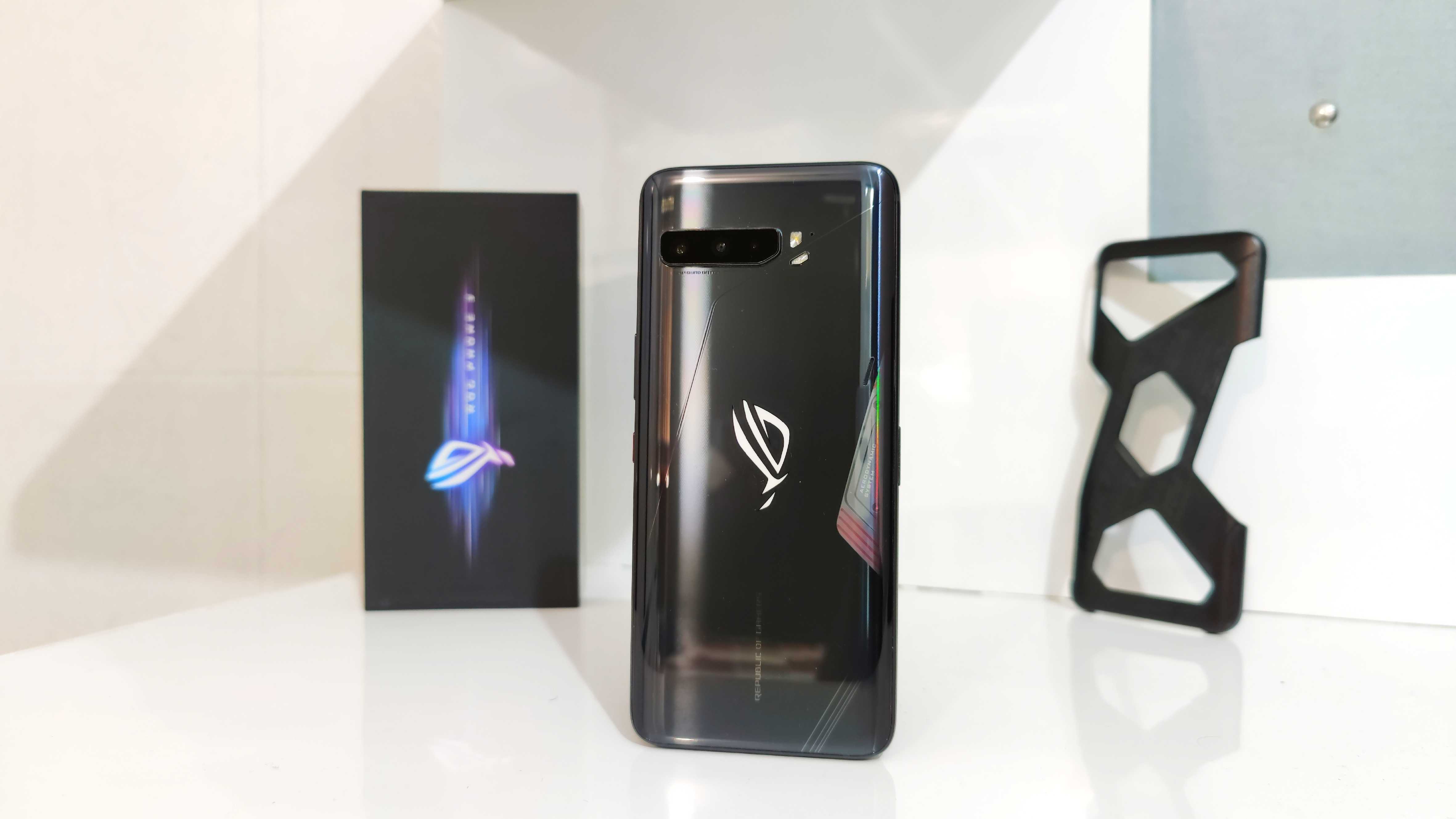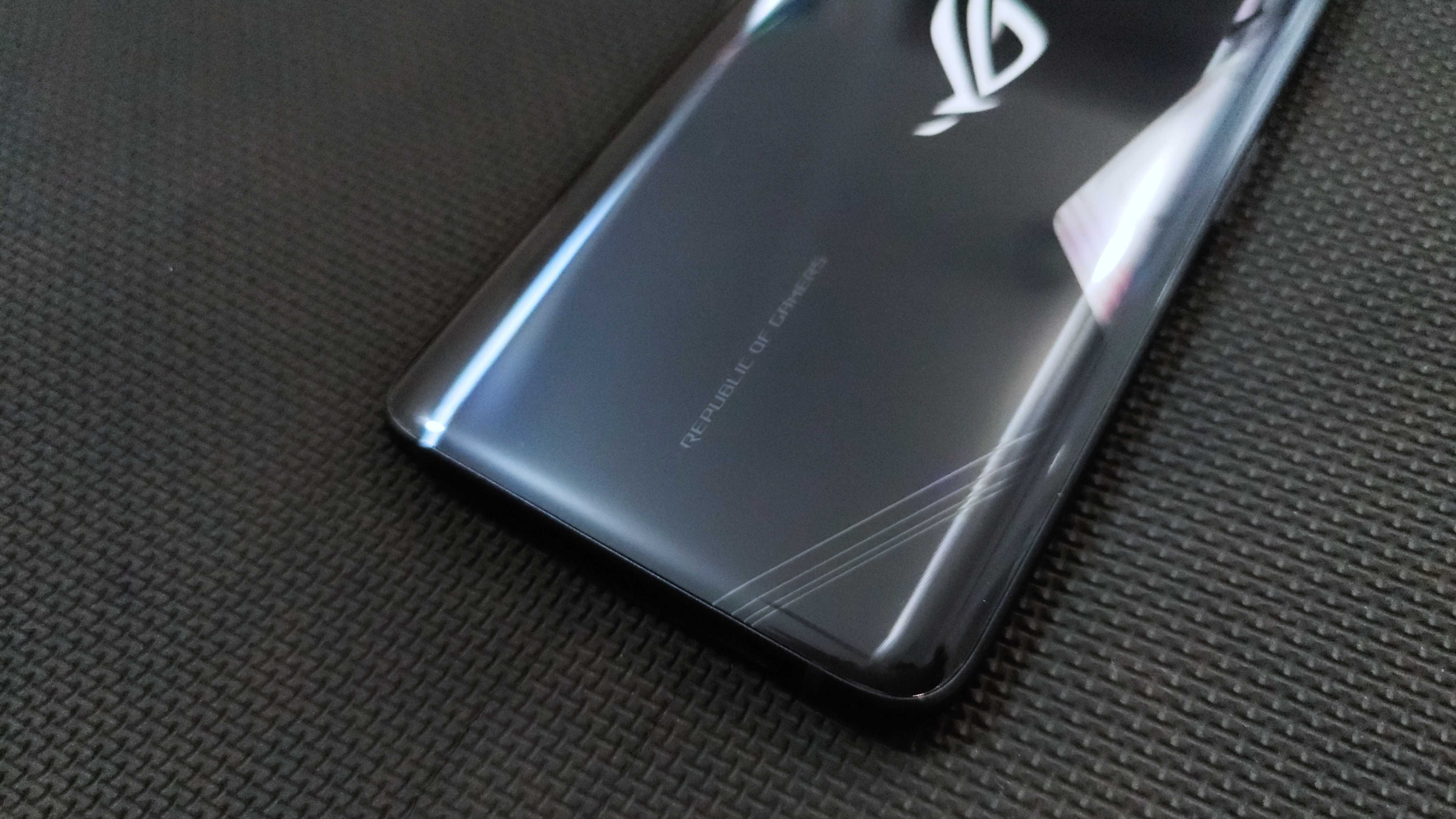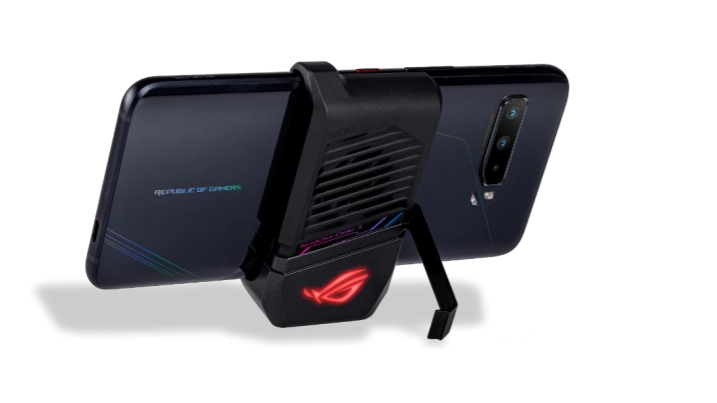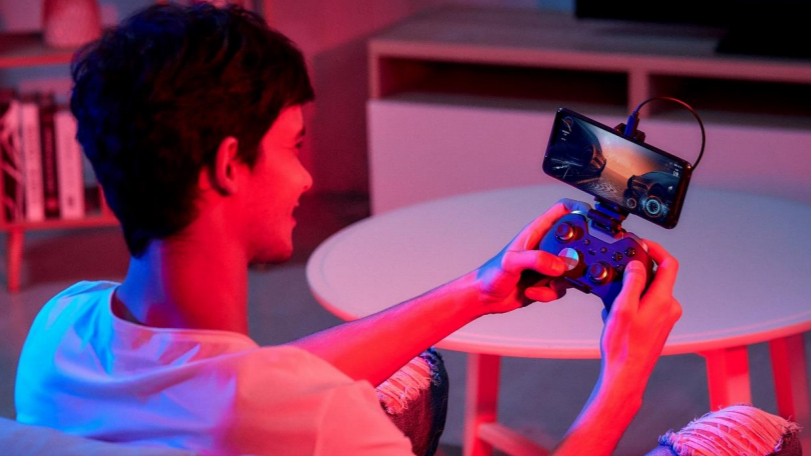Asus ROG Phone 3 launched; priced at India in Rs 49,999
Levelled up!

The Asus ROG Phone 3 is the first of many gaming flagships that will be announced this week, but the only one which made its way to India. As a successor to one of the most popular gaming smartphones of all time, here’s everything you need to know about it.
The Asus ROG Phone 3 was unveiled via an online event today. In a rare happening, it will make its way to India at the same time as other countries around the world. Not only is it the most powerful smartphone right now, but is also the first in India with a 144Hz display and the Snapdragon 865 Plus.
- Lenovo unveils a brand-new gaming phone to rival the Xiaomi Black Shark 3
- Upcoming smartphones in India: Specs, launch date, price
- Asus ROG Phone 2 review
Asus ROG Phone 3 Specs
For starters, the device is powered by the latest Snapdragon 865 Plus SoC, this is also India’s first smartphone to feature the latest silicon from Qualcomm. The primary core on the 865 Plus clocked at 3.1GHz, three gold cores at 2.42GHz, and four silver cores clocked at 1.8GHz. It is coupled with the Adreno 650 GPU.
In India, the gaming device will be available in two configurations—8GB of RAM with 128GB of storage and 12GB of RAM with 256GB of storage. Across the board, the phone will ship with LPDDR5 RAM and UFS 3.1 storage. The 16GB + 512GB variant will not be available, but Asus tells us that it could launch if there’s enough demand.
To keep thermal throttling at bay, the phone implements a new cooling system which involves a large graphite film over the internals, followed by a vapour chamber topped with an actual vent to let the heat out.

The Asus ROG Phone 3 features a 6.59-inch Full HD+ AMOLED panel with a high refresh rate of 144Hz, 270Hz touch sampling rate, and 25ms touch latency. It has a resolution of 2,340 x 1,080 pixel and comes in 19.5:9 aspect ratio. The display is HDR10+ certified, has a peak brightness of 1000 nits and covers 113% DCI-P3 colour gamut. It is protected by a 2.5D Corning Gorilla Glass 6. It also sports an in-display fingerprint scanner from Goodix. Like last time, the bezels are sizable to help gamers grip the phone better.
The thick bezels on the top and bottom house dual front-firing stereo speakers with support for Dirac for better channel separation at the hardware level. Asus claims that these are even louder than the ones found on the ROG Phone 2.
Sign up for breaking news, reviews, opinion, top tech deals, and more.
The optics department includes a triple camera array on the back with a 64MP f/1.8 primary camera (Sony IMX686) followed by a 13MP ultra wide-angle camera, and a 5MP macro shooter. Over at the front, you get a 24MP snapper. The rear camera can record videos up to 8K videos at 30fps and slow-mo up to 4k at 120fps. You also get 3-axis electronic image stabilization. Asus has added a ton of new shooting modes such as HDR video recording, a legit pro mode for photos and videos, night mode, HyperSteady and many more.
The device houses a massive 6,000mAh battery, the highest on a flagship phone currently. It supports 30W HyperCharge which can charge the device up to 75% in just 46 minutes over a USB Type-C interface. Not just that, it also supports Quick Charge 4.0. It comes with battery protection features such as a secondary IC on the phone, the ability to schedule or slow down the charging and even limit the battery capacity to reduce effective charge cycles.
The device runs on Android 10 with a few customization options and is very close to the stock Android except for the gaming-specific apps.
Gaming features and accessories
Just like its predecessor, the Asus ROG Phone 3 sports shoulder buttons on the side. The “Air Triggers” are now bigger in size and can be split to act as four buttons instead of two. They also support swipes and long presses now as added means of touch input.
The left side has a secondary USB Type-C port which supports all the aforementioned charging capabilities and also supports various first-party accessories. The Aero Active cooler has also been overhauled with a higher speed, an additional 3.5mm headphone jack (since the phone doesn’t have one) and a kickstand to prop the phone up. Unsurprisingly, it also has an RGB light just like the phone. Along with the usual breathing and cycling patterns, it can also be synced with other gamers if you want to show off your team spirit.
All gaming-centric features on the Asus ROG Phone 3 are accessible from Armoury Crate which will show your currently installed games, toggle settings and features on a per-game basis, change performance and cooling profiles, and even monitor internal diagnostics such as the frame rate and temperatures.
There’s also a new HyperFusion Network option which combines cellular and WiFi throughputs for stable gaming if the bandwidth falls under a certain threshold.




As always, it comes with a host of optional accessories to augment your gaming experience. Apart from the Aero Active cooler, we have the new ROG Lighting Armour case 3 which adds an entire matrix of RGB lights on the back if the included one wasn’t enough. There’s also the upgraded TwinView Dock which adds a second 144Hz screen and a 5,000mAh battery to the phone for a console-like experience. If you want to continue using your existing controllers, the ROG Gaming Clip can be used to connect an Xbox, PlayStation or Stadia controller. Last but not least is the ROG Kunai 3 Gamepad which is a modular controller which can be attached to the phone on either side or used separately when the phone is used as a display.
Asus ROG Phone 3 price in India
| Product | Price |
|---|---|
| ROG Phone 3 (8+128) | Rs 49,999 |
| ROG Phone 3 (12+256) | Rs 57,999 |
| Glass screen protector | Rs 699 |
| Aero Active Cooler 3 | Rs 2,999 |
| ROG Clip | Rs 1,999 |
| Neon Aero case | Rs 1,999 |
| Lighting Armor case | Rs 2,999 |
| ROG Kunai 3 Gamepad | Rs 9,999 |
| TwinView Dock 3 | Rs 19,999 |
In India, the Asus ROG Phone 3 is priced at Rs 49,999 for the base 8GB+128GB variant and goes up to Rs 57,999 for the 12GB+256GB model. The Aero case and a 3.5mm dongle will be included with the phone, as will the 30W fast charger. It will be available for purchase starting August 6 on Flipkart.

Srivatsa is a prolific writer who spearheads the core writing team on tech news, buying guides, reviews, and all gadget articles. He is passionate about technology.